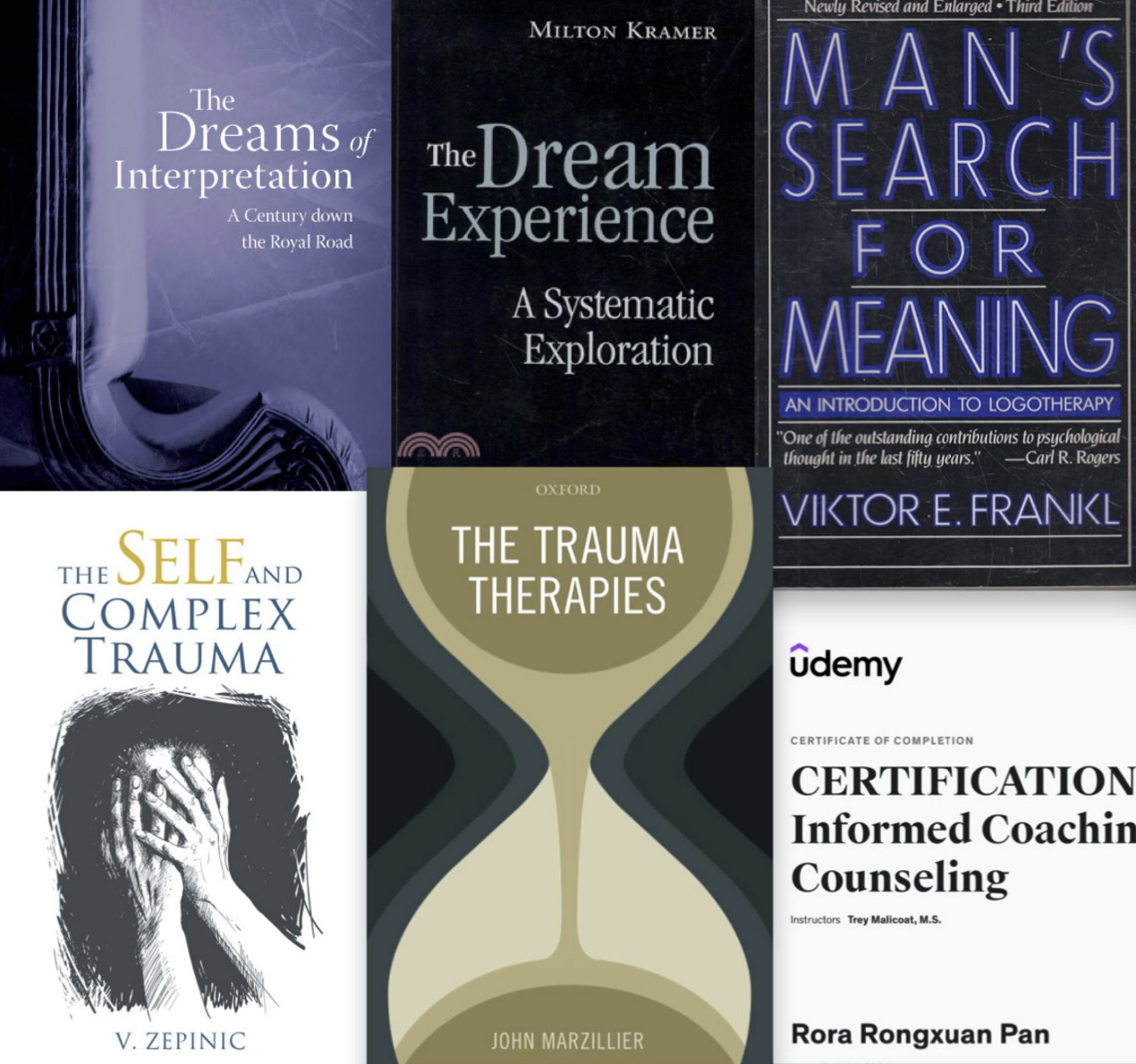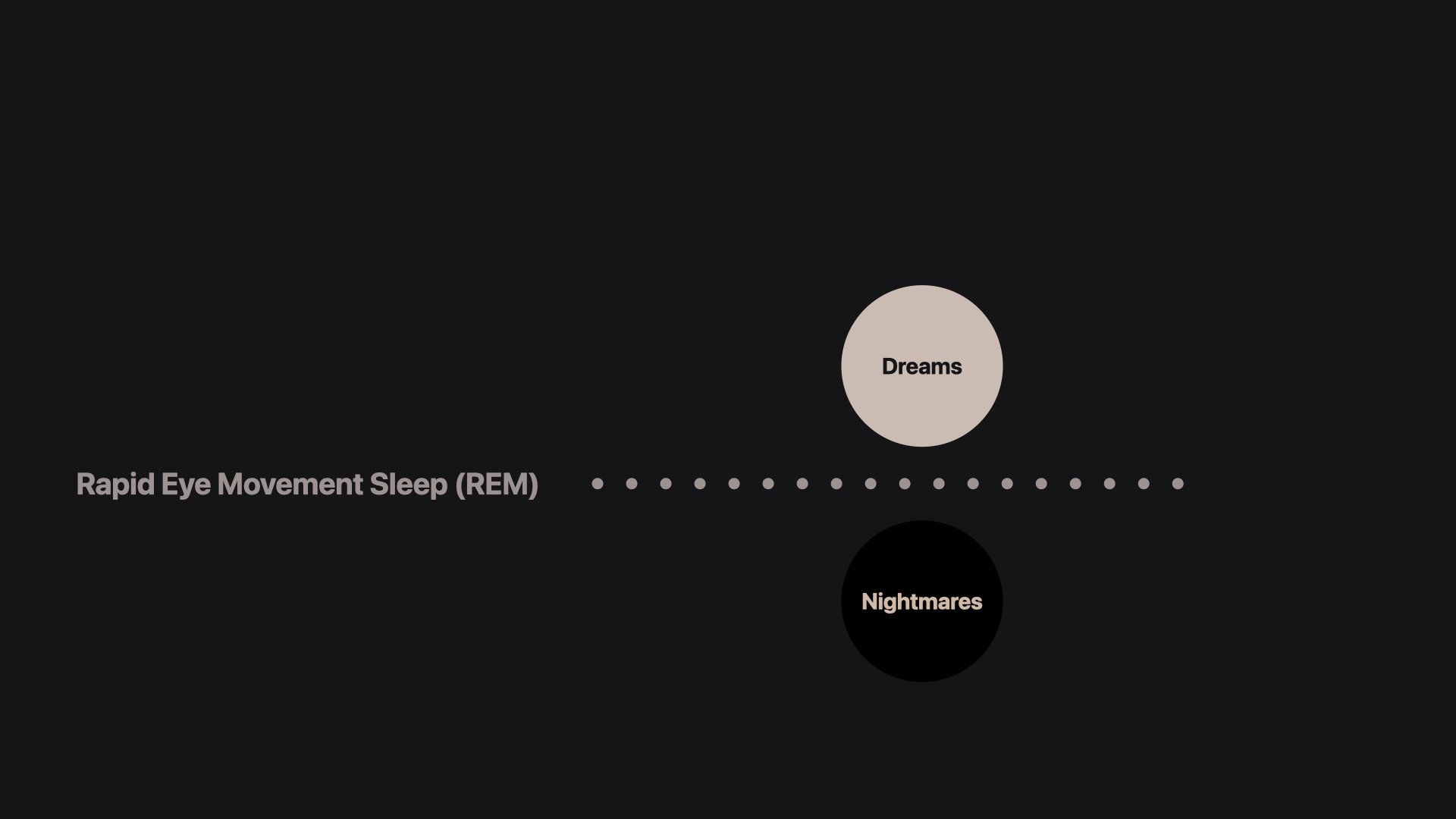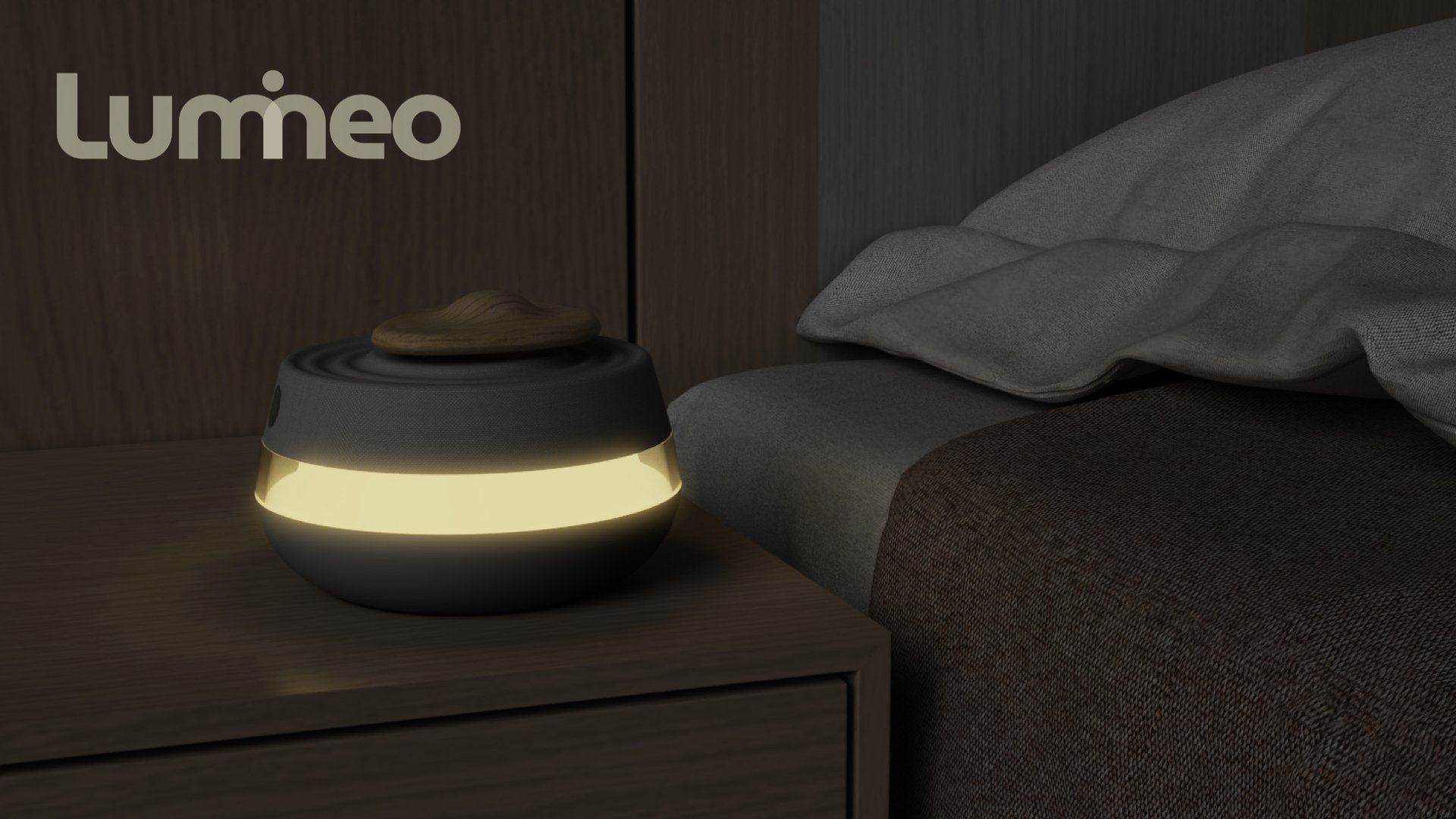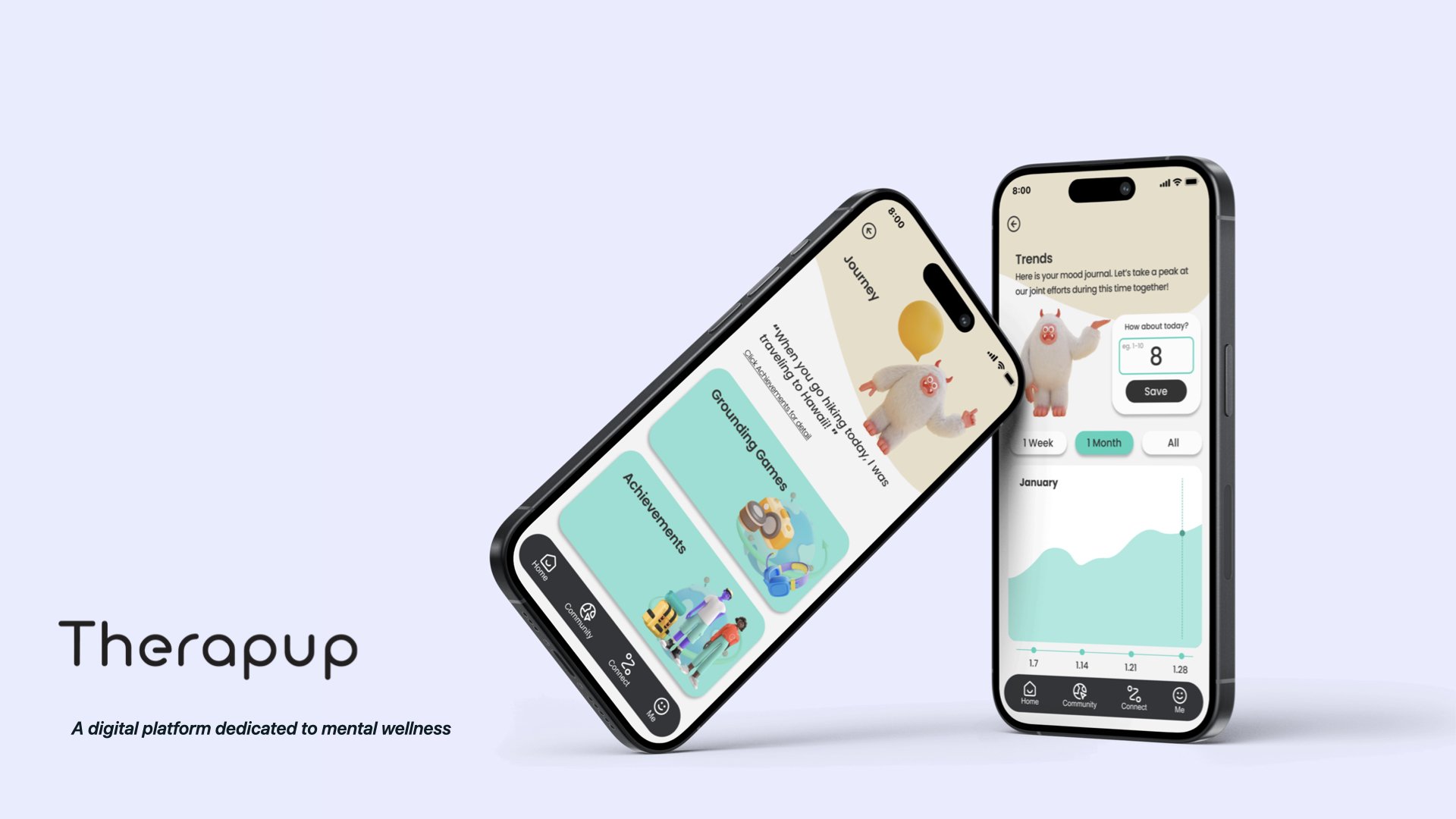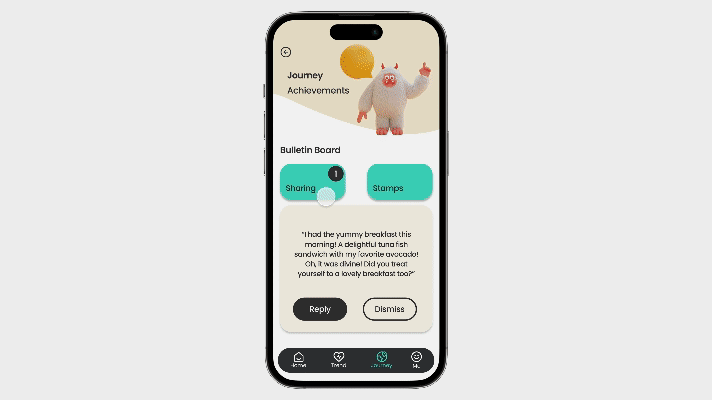Dreamscapes of Healing: Exploring Therapeutic Avenues for Nightmares
Rora Pan’s thesis, Dreamscapes of Healing: Exploring Therapeutic Avenues for Nightmares, explores therapeutic methods for addressing nightmares. It addresses a broad spectrum of challenges—catering to individuals seeking to manage their sleep experiences independently, as well as those seeking professional assistance, and targets both PTSD sufferers and the general population.
“The interpretation of dreams is the royal road to a knowledge of the unconscious activities of the mind.”
—Sigmund Freud
Sleep is essential for maintaining overall health and well-being. After all, it influences how we feel during our waking hours. However, while dreaming is normal and beneficial, having nightmares is quite the opposite, and is often linked to stress, anxiety, and trauma. These unsettling dreams can affect anyone, from children to adults, and may require intervention to manage.

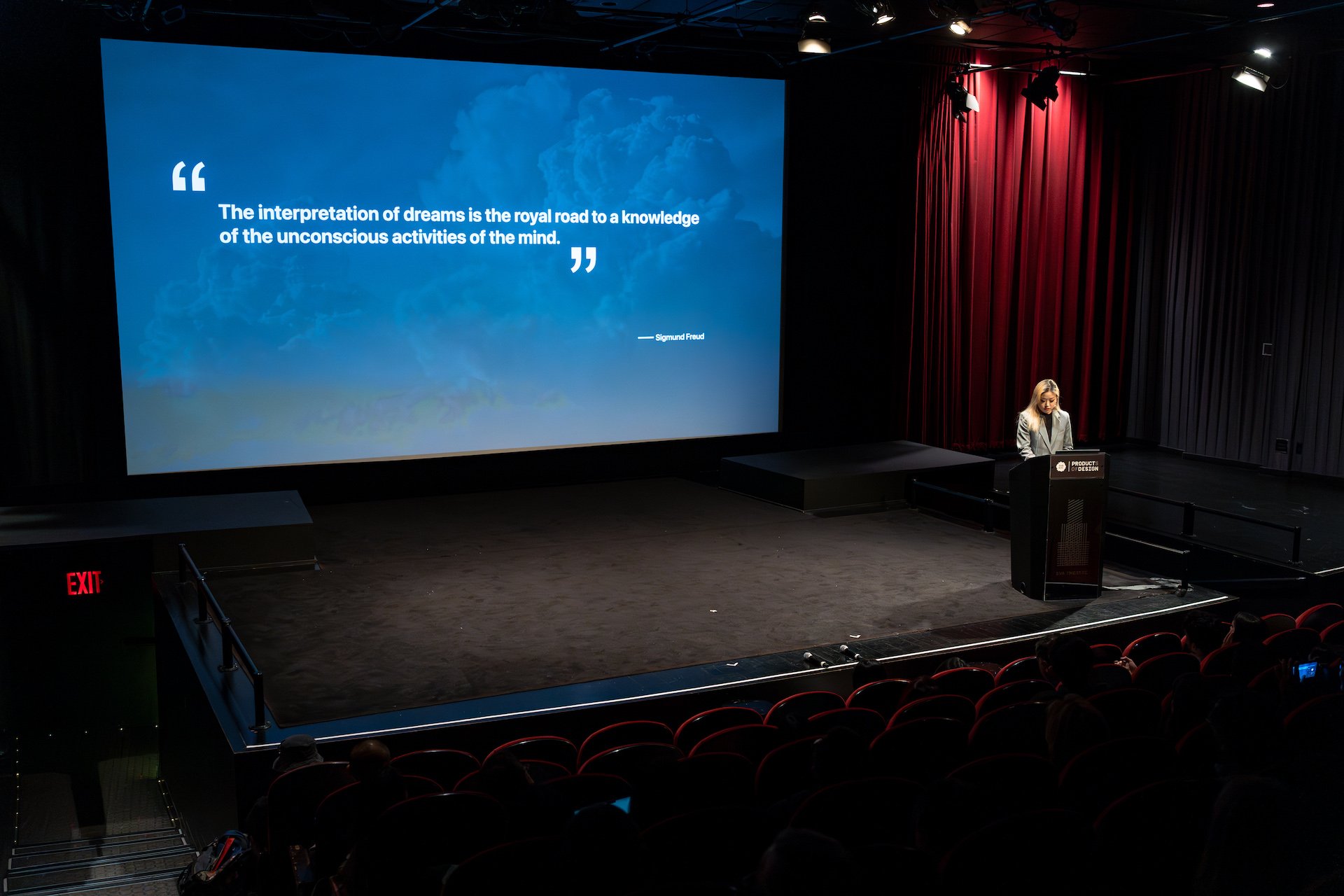
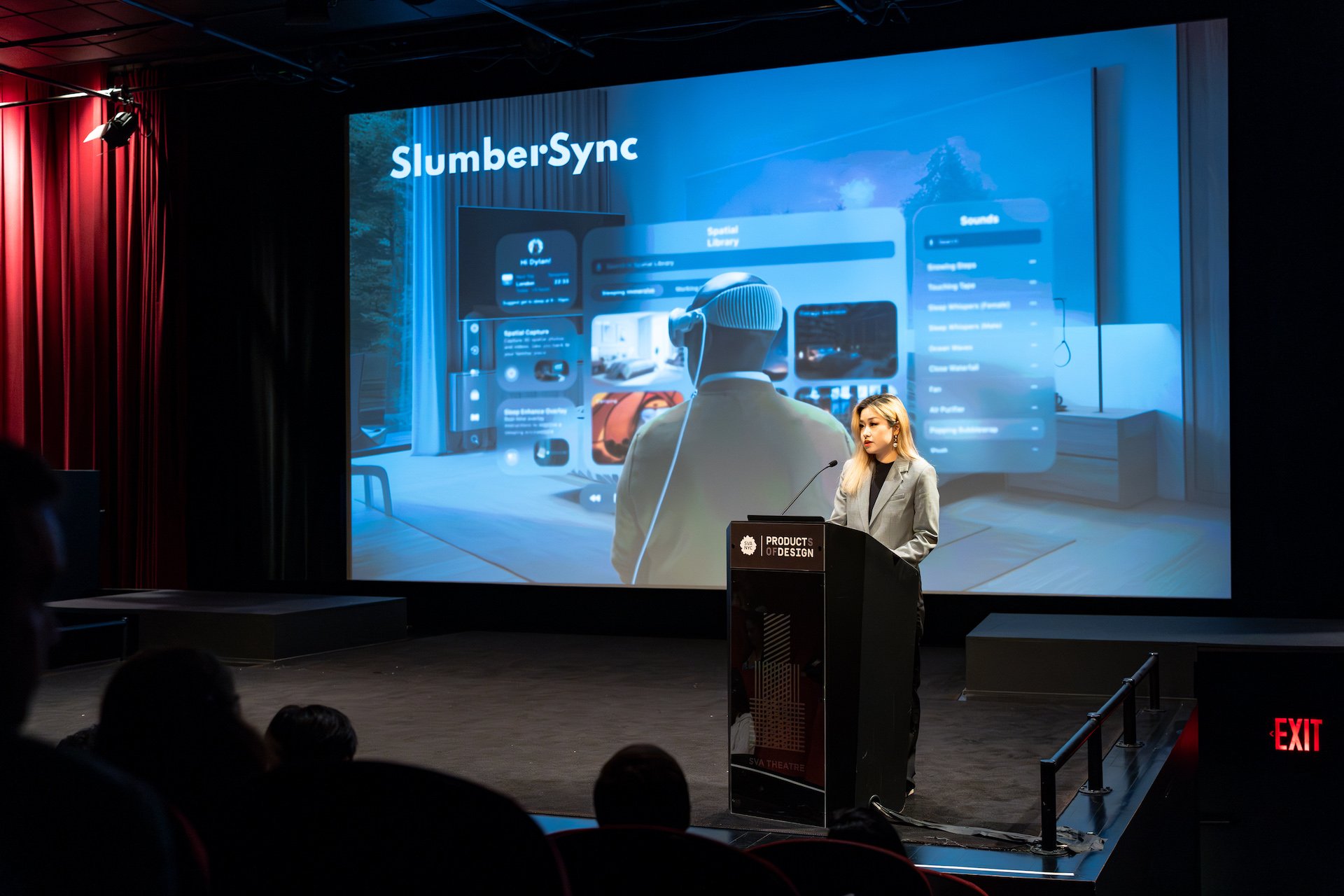


Rora says that her dreams have always varied wildly in content—some reflect past experiences, others represent desires, and some feel like predictions. Three years ago, she lost her grandfather and regretted not calling him more often. Now, he occasionally appears in her dreams, looking healthy and well. Rora believes these dreams are helping her heal, demonstrating that dreams can be a powerful tool for recovery.
SlumberSync
When individuals sleep in a new place, one hemisphere of the brain stays more alert than the other. This survival mechanism is known as the First Night Effect (FNE). Business travelers must frequently sleep in unfamiliar surroundings, which can result in higher stress and anxiety levels, increasing the likelihood of insomnia and nightmares. SlumberSync is a digital platform for people who often find it hard to fall asleep in a new environment. To alleviate FNE-related anxiety, SlumberSync reduces the frequency and severity of nightmares, thus enhancing the quality of sleep. SlumberSync uses Vision Pro as the platform. It syncs with users’ travel itineraries to suggest optimal times to sleep according to the time zone at the destination, in order to better manage jet lag.
While at home, users can also employ the Spatial Capture feature to “capture” their familiar sleep and work environment and save it to the immersive experience library. Then, when arriving at the hotel, they can launch the Sleep Enhance Overlay to create a real-time overlay of the room, utilizing elements from the spatial library to recreate their familiar sleep and work environment in this new space.
Sleep and dreams have a deeply intertwined relationship. During the Rapid Eye Movement (REM) stage, brain structures in the default network exert influence, and vividly recalled dreams occur most often. Nightmares tend to happen during the period of sleep when REM intervals lengthen. We tend to dream on the sleep-wake cusp. During this time, images imagined while dreaming—including the vivid, often terrifying images produced during nightmares—are remembered.
“A disease when a man in his sleep supposes he has a great weight laying upon him.” —Universal Etymological English Dictionary, first published by Nathan Bailey in 1721.
This definition, from a popular reference text, illustrates how nightmares have long been considered frightening dreams that result in feelings of terror, fear, distress, or anxiety. Nightmares can arise for a number of reasons, but perhaps the most studied cause is post-traumatic stress disorder (PTSD). PTSD-related nightmares are not only more common but also more frequent, sometimes occurring several times a week.
Lumineo
Lumineo is a therapeutic sleep device compatible with wearable technology and sensory stimulation to address PTSD-related nightmares. Lumineo is for people who suffer the adverse consequences of PTSD nightmares, including decreased psychological and physiological functioning as well as disturbed sleep. Lumineo guides PTSD sufferers to peaceful nights and rejuvenating mornings.
On the top of the Lumineo ripple, there are three rings. Different rings provide different comfort audio choices for the user to mix with the base sounds. Sound hypnosis helps alleviate nightmares and promote a smoother transition to sleep through sensory, auditory, and visual stimulation.
Lumineo’s light is a visual guide for breathing exercises, which are prompted through light cues. When nightmares threaten sleep, Lumineo, which is compatible with the Apple Watch, senses an increased heart rate, indicating a possible nightmare. Lumineo's innovative technology gently awakens the user with simulated sunlight, providing a soothing transition from sleep to wakefulness.
Understanding the pivotal role of emotional and mental states in alleviating PTSD nightmares, Rora Pan began exploring more about the field of mental wellness. Some people who struggle with mental wellness refuse to see a therapist or drop out of sessions. As one research participant named Vicky told her, “I stopped going to my therapy sessions because my therapist wasn’t always available when I need to talk. I understand it's a difficult issue to address, but it's the main reason I decided to quit.” This response resonated with Rora. For patients struggling to get timely appointments with their therapists, finding alternative ways to help themselves becomes crucial.
Therapup
Therapup is a digital platform dedicated to mental wellness. It not only supports users in tracking and managing their mood but also actively contributes to building a hopeful future. It helps users identify patterns in their emotional well-being and encourages proactive self-management of their mental health.
Therapup enhances the user experience with motivational messages from a virtual “pup” and allows users to exchange activity photos with their “pup” for emotional support. Users can also view stamps detailing their achievements, which promotes self-motivation.
Therapup offers grounding skill-building games. These games employ techniques such as color identification and sound recording to help users control their symptoms, turning users’ attention away from thoughts, memories, or worries, and refocusing them on the present moment. The platform makes the process of grounding skills therapeutic, engaging, and interactive.
For those needing more direct support, Therapup facilitates connections to professional therapists. The platform ensures a respectful and supportive therapist connection, recommending that changes in therapists only be considered after at least three sessions.
To foster a sense of community and ongoing support, Therapup offers users opportunities to attend community events and share their experiences, reinforcing the notion that no one is alone in their mental health journey. Therapup distinguishes itself through its interactive features, approachability, and practical utility in mental health management.
To learn more about Rora Pan’s work, take a look at her projects in more detail at rora.myportfolio.com.



